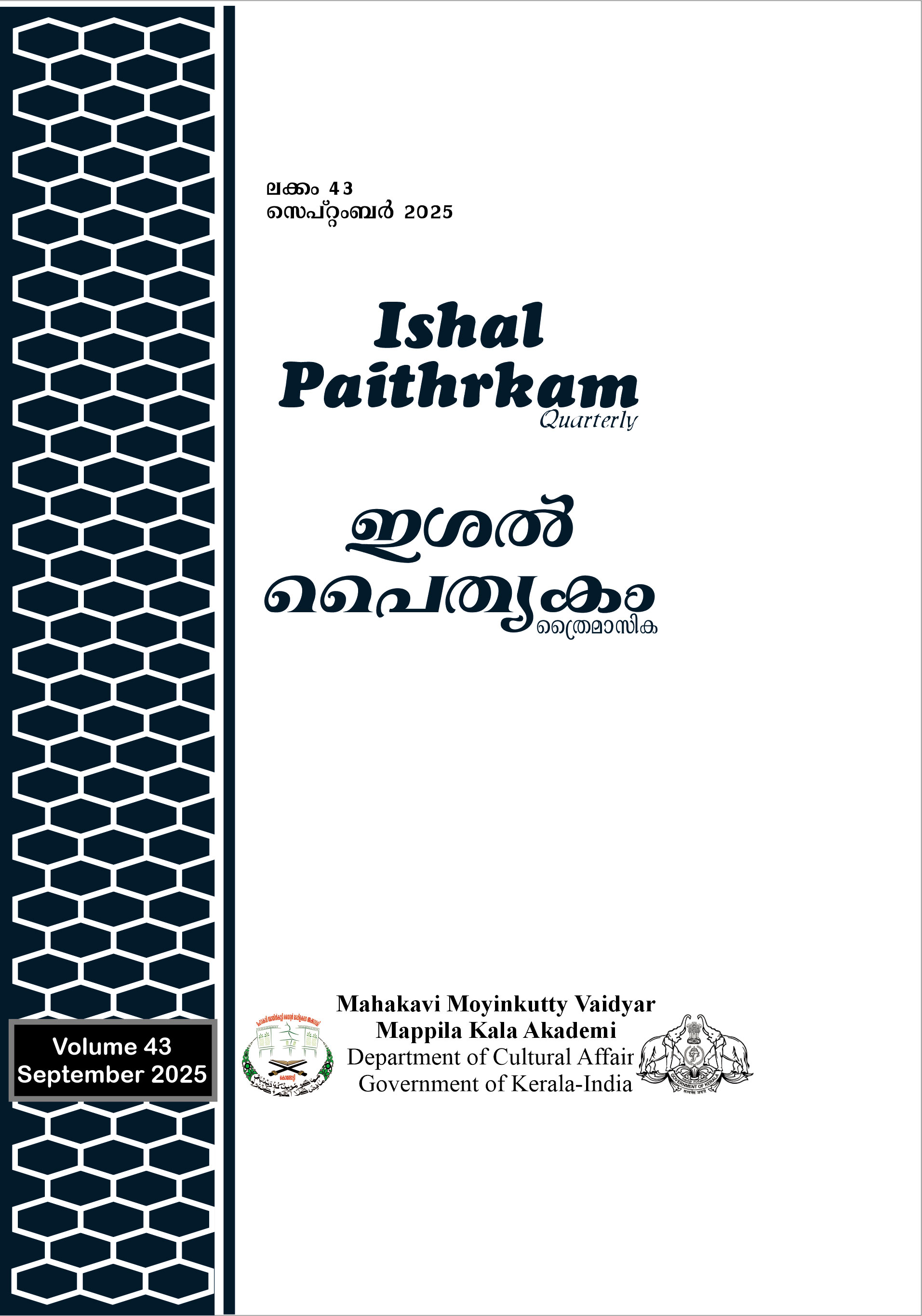Posthumanism and Human-Animal Rights in The Windup Girl: Biotechnology, Power, and Control
Keywords:
Posthumanism, Human-Animal, Bio-Power, Transhumanism, Posthuman rightsAbstract
This paper examines the intricate interplay between biotechnology, power, and control in Paolo Bacigalupi’s The Windup Girl, exploring how the novel reflects pressing ethical and social concerns about posthumanism and human-animal rights. The dystopian narrative reveals a future dominated by corporate hegemony, where biotechnology reshapes human and non-human bodies for profit, highlighting the commodification of life and its implications for autonomy, identity, and ecological balance. Through the character of Emiko, a genetically engineered being, the novel interrogates the moral consequences of creating sentient beings as tools of labor, raising questions about agency and value in a world driven by technological advancements. Drawing on posthumanist theories by thinkers like Donna Haraway, N. Katherine Hayles, and Francis Fukuyama, this study situates Bacigalupi’s critique within broader debates on biopolitics, transhumanism, and the dissolution of boundaries between human, machine, and nature.The paper employs a textual analysis approach, emphasizing the intersections of biotechnology, environmental collapse, and social inequality. It argues that The Windup Girl serves as a cautionary tale, urging a revaluation of ethical considerations in biotechnological progress and advocating for a more inclusive, non-anthropocentric vision of the future. Ultimately, the novel challenges readers to confront the potential for exploitation embedded in the pursuit of posthuman ideals and calls for a balance between innovation and justice.
Downloads
References
Bacigalupi, P. (2009). The Windup Girl. Retrieved from http://ci.nii.ac.jp/ncid/BB09912554
Chang, Y.-Z. (2024). Environmental crisis and images of desire in Paolo Bacigalupi’s The
Windup Girl and Pump Six and Other Stories. World Journal of English Language,
14(6), 25–25. https://doi.org/10.5430/wjel.v14n6p25
Ferrando, F. (2014). The body. In R. Ranisch & S. L. Sorgner (Eds.), Post- and transhumanism: An introduction (pp. 213–226). Peter Lang.
Fukuyama, F. (2002). Our posthuman future: Consequences of the biotechnology revolution. Farrar, Straus and Giroux.
Habermas, J. (2003). The future of human nature. Polity Press.
Haraway, D. J. (2018). A cyborg manifesto. In Manifestly Haraway. University of Minnesota Press.
Kant, I. (1991). Political writings (H. B. Nisbet, Trans.). Cambridge University Press.
Mahesh, K., & Kumar, N. (2023). Disgusting desire: The Windup Girl as both object of desire and abject body. Technoetic Arts, [vol. null], doi:10.1386/tear_00102_1
Nayar, P. K. (2014). Posthumanism. Polity Press.
Legand, S. (2022). Ecocrises and posthuman-animal futures in Bacigalupi’s The Windup Girl and Schoen’s Barsk. In Reconfiguring Human, Nonhuman, and Posthuman in Literature and Culture (pp. 267–289). https://doi.org/10.1007/978-3-031-11020-7_13
Downloads
Published
Issue
Section
License
Copyright (c) 2025 ISHAL PAITHRKAM

This work is licensed under a Creative Commons Attribution-NoDerivatives 4.0 International License.

